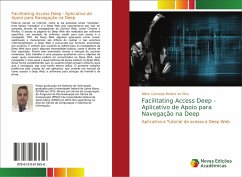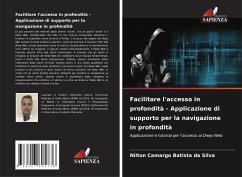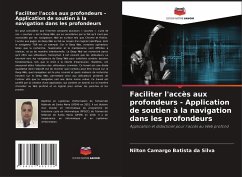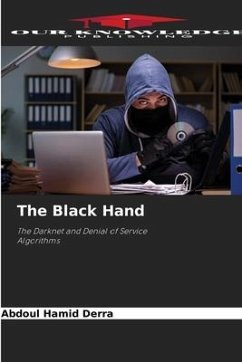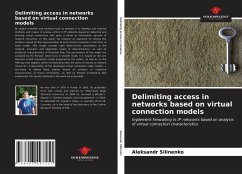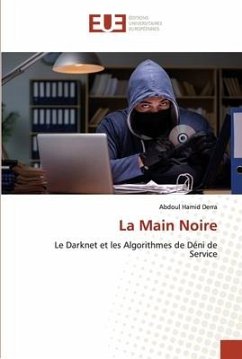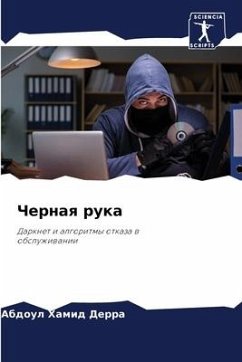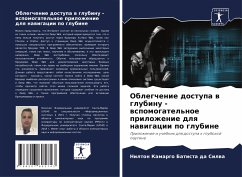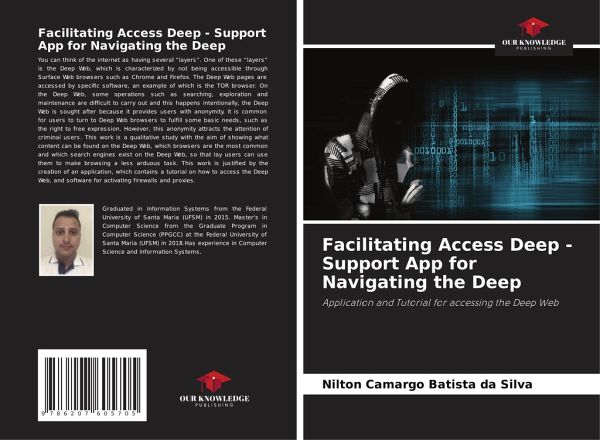
Facilitating Access Deep - Support App for Navigating the Deep
Application and Tutorial for accessing the Deep Web
Versandkostenfrei!
Versandfertig in 6-10 Tagen
24,99 €
inkl. MwSt.

PAYBACK Punkte
12 °P sammeln!
You can think of the internet as having several "layers". One of these "layers" is the Deep Web, which is characterized by not being accessible through Surface Web browsers such as Chrome and Firefox. The Deep Web pages are accessed by specific software, an example of which is the TOR browser. On the Deep Web, some operations such as searching, exploration and maintenance are difficult to carry out and this happens intentionally, the Deep Web is sought after because it provides users with anonymity. It is common for users to turn to Deep Web browsers to fulfill some basic needs, such as the ri...
You can think of the internet as having several "layers". One of these "layers" is the Deep Web, which is characterized by not being accessible through Surface Web browsers such as Chrome and Firefox. The Deep Web pages are accessed by specific software, an example of which is the TOR browser. On the Deep Web, some operations such as searching, exploration and maintenance are difficult to carry out and this happens intentionally, the Deep Web is sought after because it provides users with anonymity. It is common for users to turn to Deep Web browsers to fulfill some basic needs, such as the right to free expression. However, this anonymity attracts the attention of criminal users. This work is a qualitative study with the aim of showing what content can be found on the Deep Web, which browsers are the most common and which search engines exist on the Deep Web, so that lay users can use them to make browsing a less arduous task. This work is justified by the creation of an application, which contains a tutorial on how to access the Deep Web, and software for activating firewalls and proxies.





